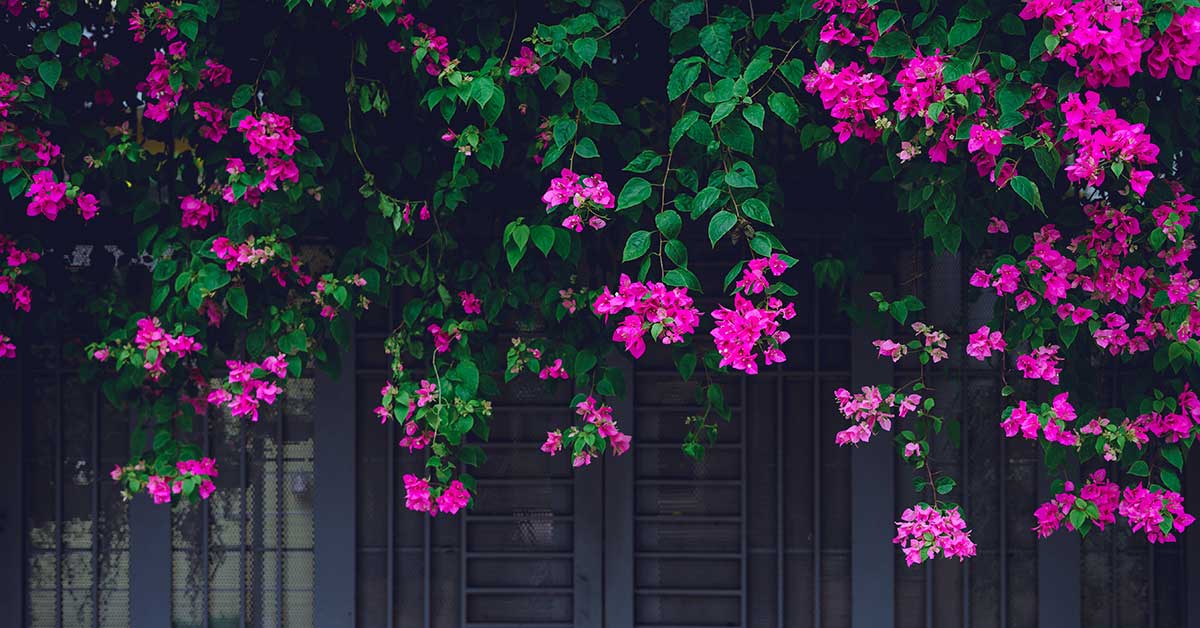I’m pretty grateful to have a fully fenced-in yard, not just because it keeps wayward critters out, but it gives me an opportunity to show off my gardening skills. Planting flowers along a fence line can add color and texture to an otherwise dull area and can also provide privacy and act as a windbreak. Flowers also attract beneficial insects to the garden, such as pollinators and predatory insects like mantids, which can help reduce the number of pests in the garden. In addition, planting flowers along a fence can help create a relaxing and inviting atmosphere for outdoor entertaining.
These Are The Best Plants For A Fence Line
Over the years I’ve planted quite a few different plants along fence lines (and admired some that don’t work in my growing zone), and these 11 are my favorites.
Silver lace
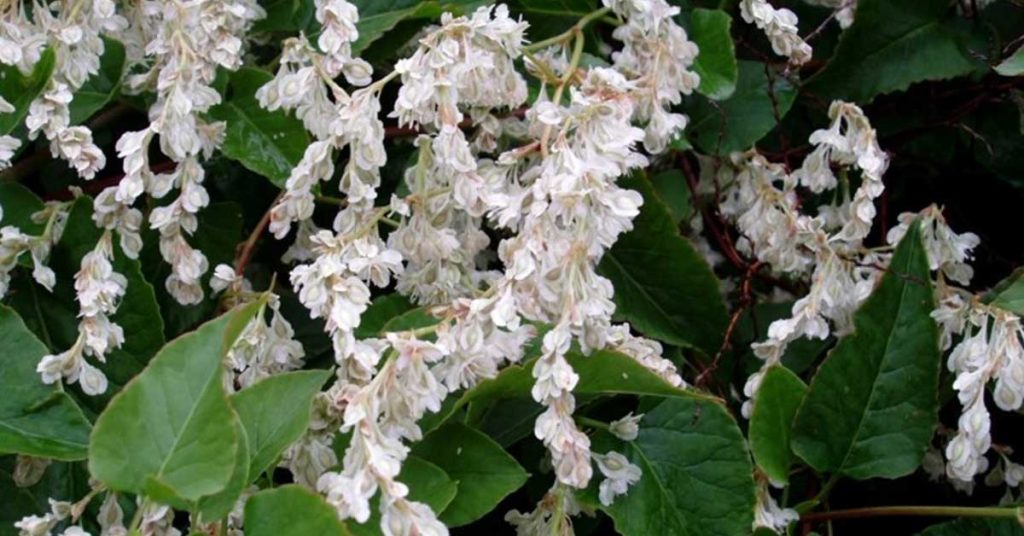
Silver lace vines are one of my all-time favorites to grow no matter where I’ve lived. It’s a real fence-eater – if you plant it on a chainlink fence, it won’t be long before you can’t see the fence anymore. The silver lace vine is a flowering vine that is native to the Southeastern United States. It has small, white, bell-shaped flowers that have a distinctive silver-grey hue. Its slender, twining stems can grow up to 30 feet in length and are covered with light green leaves. The vines are drought tolerant and can live in full sun to partial shade. They are a popular choice for trellises and arbors, and can also be used to cover walls or fences.
Honeysuckle
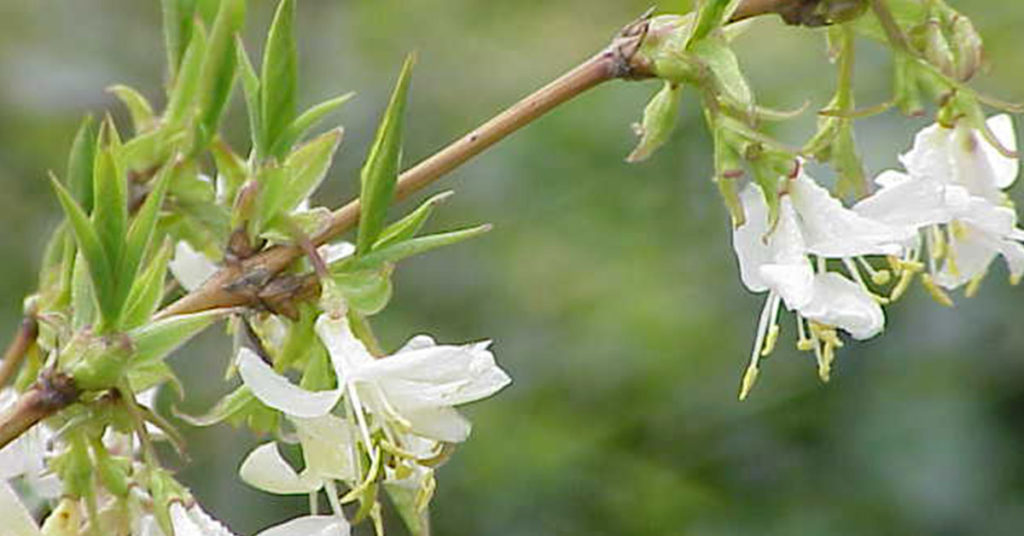
A honeysuckle is a climbing or trailing vine with fragrant, tubular flowers that can be found in a variety of colors. If the variety of honeysuckle you’ve planted is designated as bearing edible beries, the flowers are often followed by small, edible berries. By and large, honeysuckle berries are not edible. The leaves of this plant are smooth and green, and the stems can be hairy. Honeysuckles are hardy and can be found in gardens and woodlands all around the world. They are known for their sweet smell and can be used to make a variety of teas and syrups.
Morning Glory
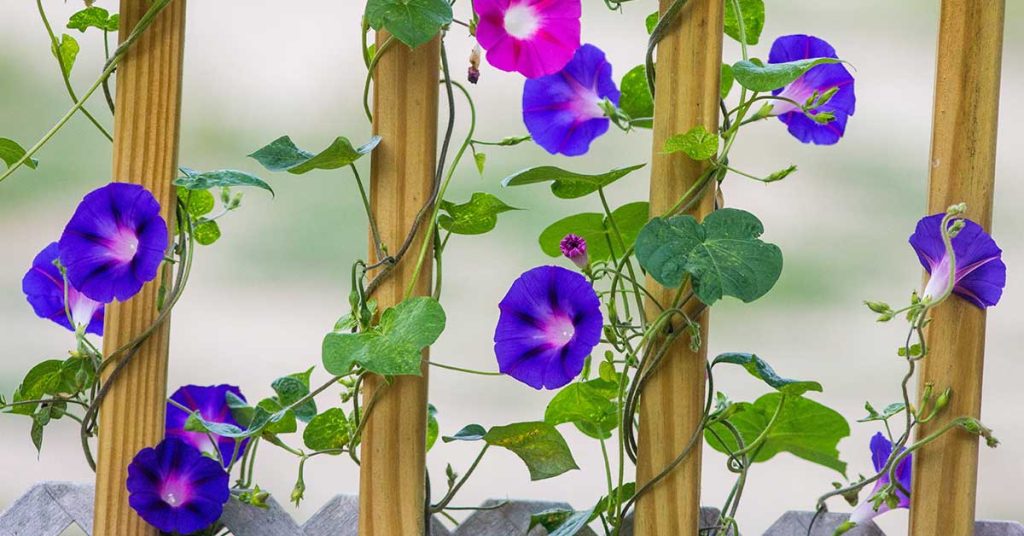
Morning glories are another good vine for fences, or posts, or really anything you’d like a vine to grow up. Morning glories are flowering plants native to tropical and subtropical regions in Asia and Australia. It is a bushy vine that and can reach heights of up to 6 feet. It is most commonly recognized for its large, trumpet-shaped flowers that have a variety of colors including blue, pink, purple, and white. The blooms are very fragrant and open in the morning, hence the name. They are also known for their heart-shaped leaves that are a deep green color. The morning glory plant is easy to grow and requires very little maintenance. It prefers full sun and well-drained soil in order to thrive.
Curtain Creeper
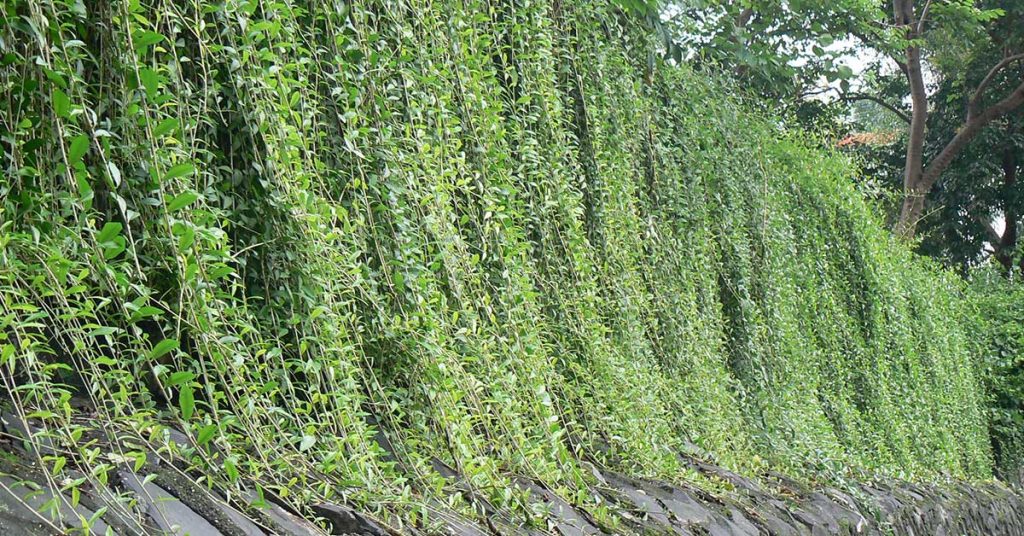
The Curtain Creeper is a fast-growing, evergreen perennial vine native to Australia. It has glossy, dark green foliage and produces clusters of bright pink, fragrant flowers from late autumn through to early spring. The growth pattern of the plant somewhat resembles a curtain and is an ideal plant for covering walls, fences, trellises and arches. It is tolerant of a range of soils and climates.
Jasmine
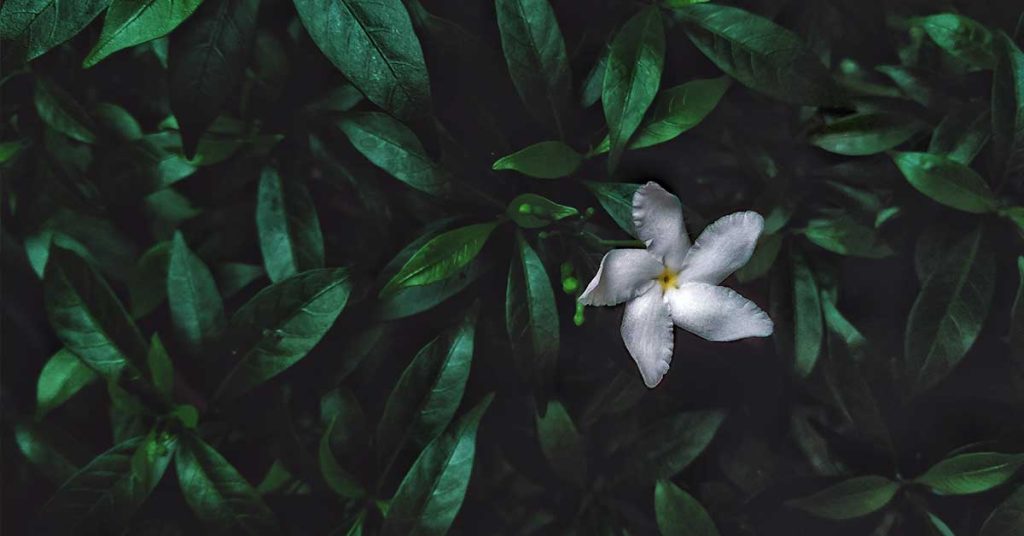
Jasmine is a flowering shrub or vine in the olive family Oleaceae. It is native to tropical and subtropical regions of the Old World, but it can be found in many areas of the world. The shrub has many varieties, ranging in size from a few inches to over 20 feet tall. Jasmine has white, pink, or yellow fragrant flowers, and its leaves are glossy green. Jasmine is used in many cultures for its fragrant scent, and it is also a popular garden plant. Its flowers are often used to make perfumes and other fragrant products, and the leaves and flowers are used in teas and other culinary dishes.
Cucumbers
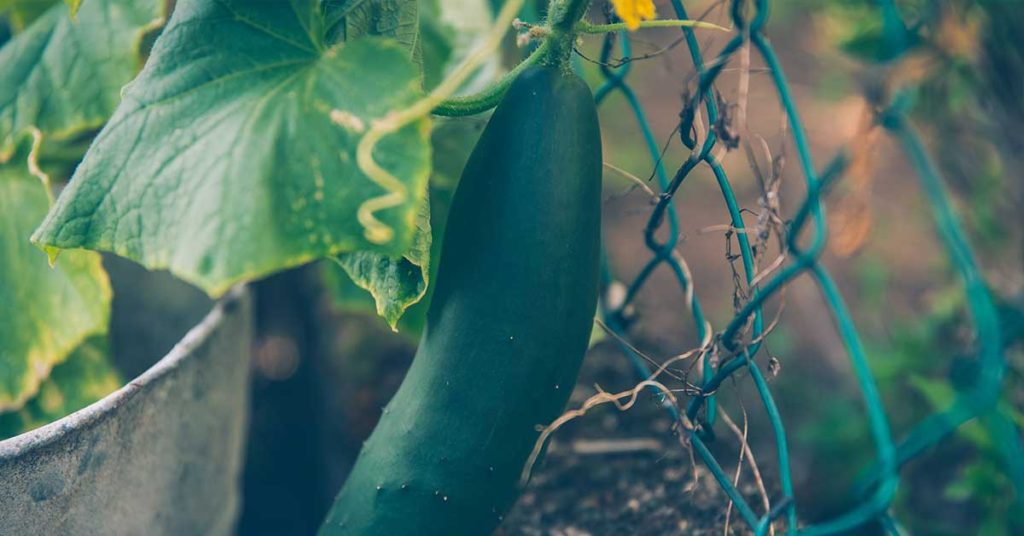
One plant I grow on my fences every year: the cucumber! Why not? I love eating cucumbers on a salad. Who says a fence line plant can’t be edible? Cucumbers are an annual climbing plant that is part of the Cucurbitaceae family. The leaves are usually alternate and deeply lobed in an angular pattern. Its flowers are yellow and typically have five petals. It is an easy-to-grow plant that prefers warm temperatures and full sun. Cucumber plants are often grown in greenhouses, in gardens, and in containers. They can also be grown in large outdoor spaces using trellises or other supports. And a big bonus: the cucumbers produced by the plant can be eaten raw, pickled, or cooked.
Bougainvillea
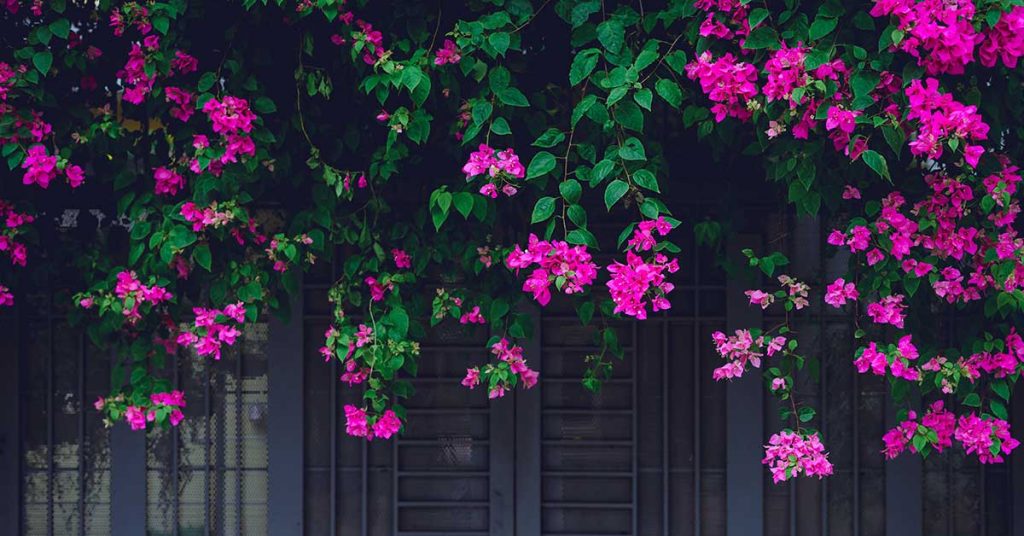
A Bougainvillea is a flowering shrub of the family Nyctaginaceae. It has a vibrant and showy display of colorful bracts that surround small white flowers. Its leaves are alternate and simple, ovate to lanceolate in shape. The plant comes in a variety of forms, ranging from a sprawling shrub to a tall, upright tree. Bougainvillea grows best in warm climates and is often grown in containers or hanging baskets. It is a popular ornamental plant, used in gardens and landscapes around the world.
Moonflower Vine
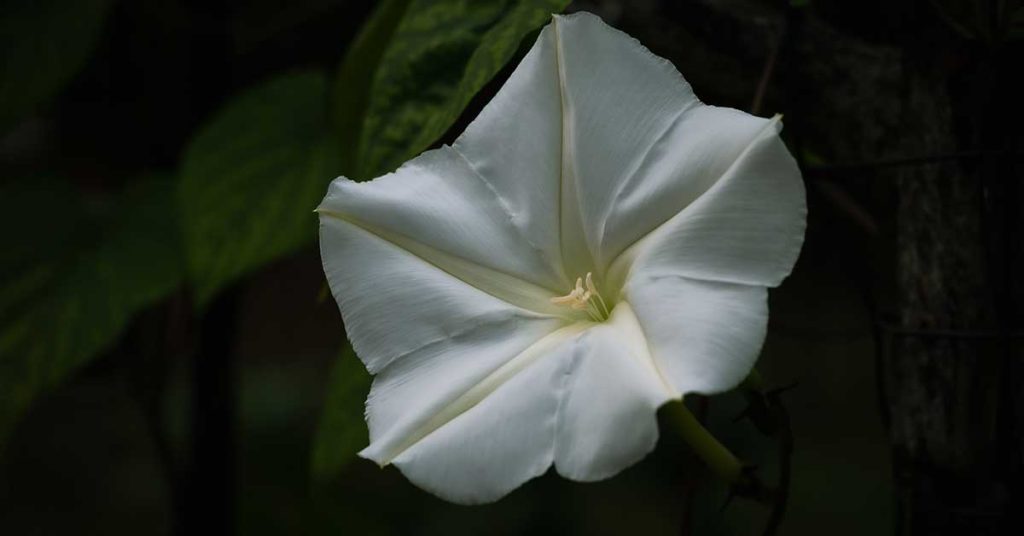
The Moonflower Vine is an ornamental, twining vine with large, white, fragrant flowers that open only at night. If you want splashes of color illuminated by the moon, this vine is the one for your fence line. The flowers have five pointed petals and a yellow center. The leaves are heart-shaped and bright green. The vines can reach up to 20 feet in length and make great additions to fences, trellises, and arbors. They are also great for adding a touch of beauty and fragrance to gardens.
Chilean Potato Bush
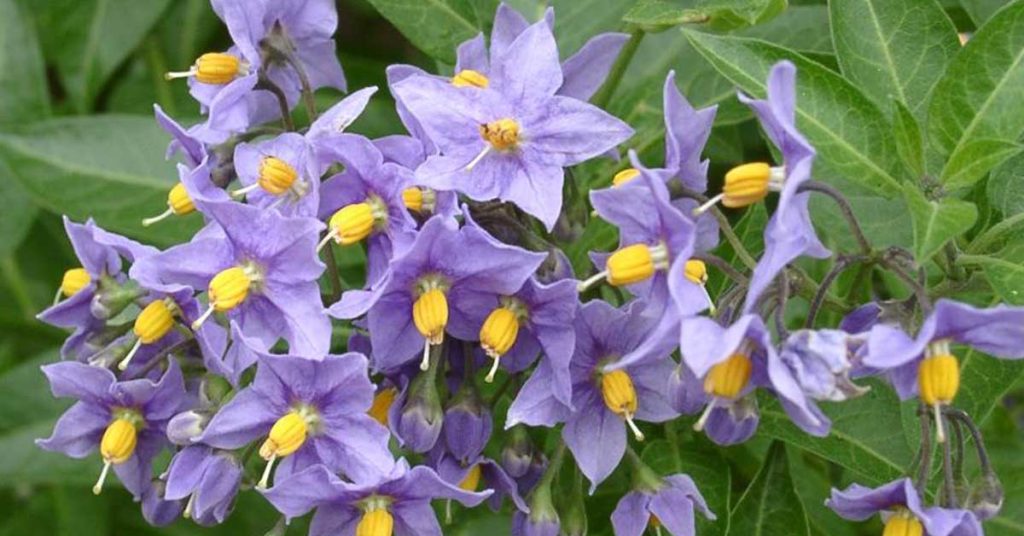
Chilean Potato Bush (Solanum crispum) is an evergreen perennial shrub native to Chile and Argentina. It has fragrant white flowers and dark purple-black berries, which are edible and can be used to make jam. The leaves are long and lance-shaped, and the stems are covered in short spines. This shrub is a close relative of the potato and eggplant but all parts of the plant are poisonous and should not be eaten! Look but don’t eat.
Cherry Laurel
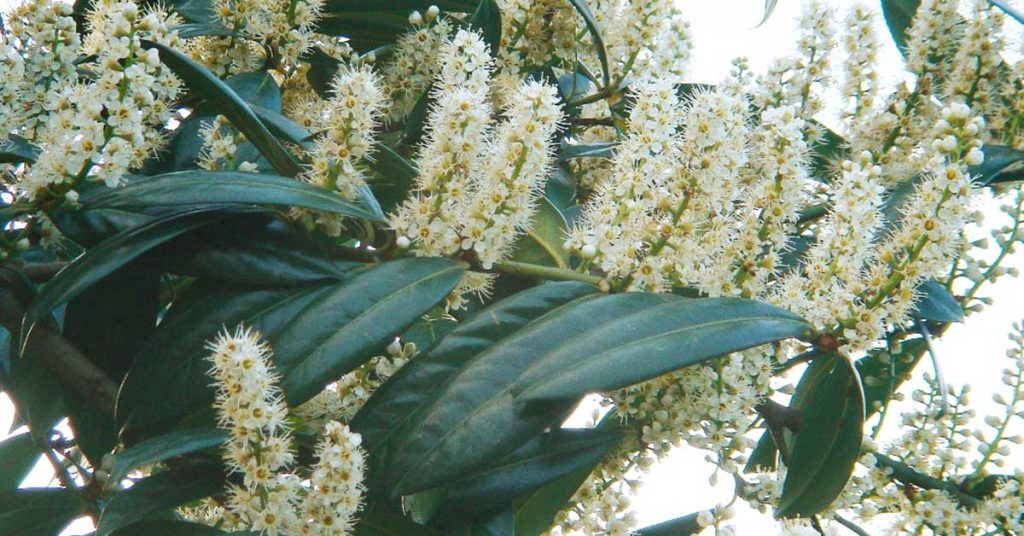
The cherry laurel is an evergreen shrub or small tree, native to southeastern Europe and western Asia. It is a member of the genus Prunus, which also includes plums, peaches, and almonds. The cherry laurel has glossy, dark green leaves and fragrant white flowers in the spring. This is a favorite shrub of bird watchers, as it produces bright red berries that birds and other wildlife enjoy. The berries are poisonous to humans and other animals, however.
Climbing roses
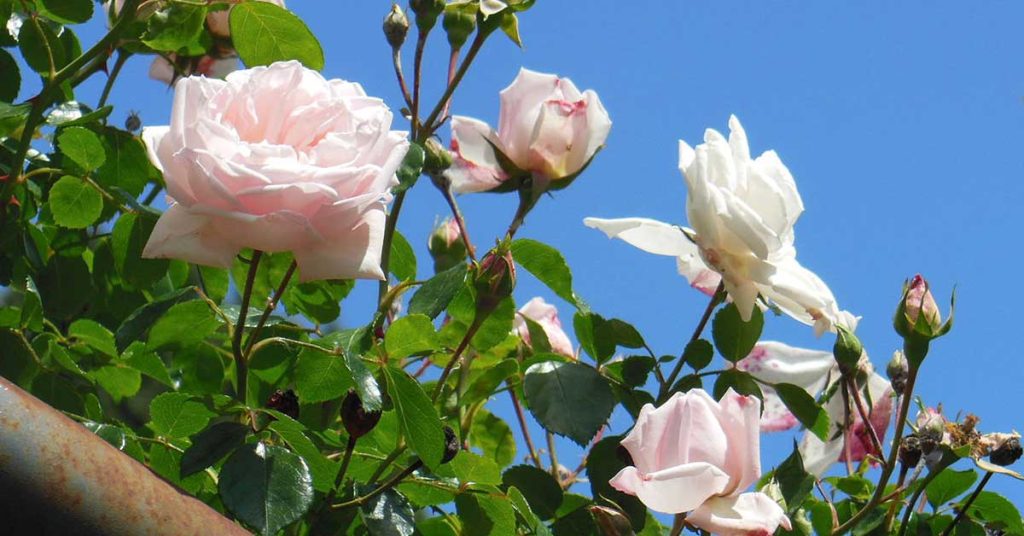
Climbing roses are a type of rose that are well-suited to growing along walls, a fence line, and trellises. One of my neighbors has a huge climbing rose plant growing across the entryway to their home and I gotta say, it’s pretty dazzling. They produce large clusters of flowers that come in a wide range of colors and can bloom continuously throughout the summer and into the fall. Climbing roses require regular pruning and regular fertilization to promote healthy growth and flower production. They can get leggy really easily if not pruned regularly.
